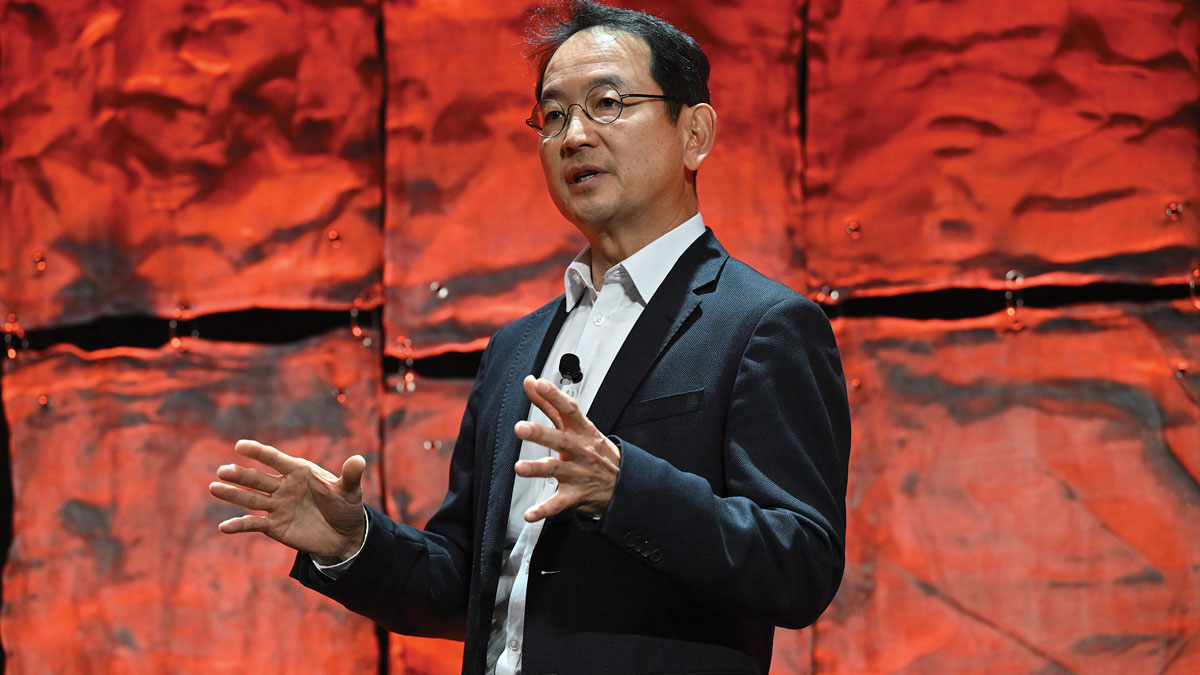Noise Control: Power-Line or Signal-Path Solution?
The quick answer to the question of power-line or signal path? Both. Indeed, both solutions have their place when thinking about noise control.
First, let’s define a noise problem. In the broadest sense, noise is any undesired signal. Most commonly, it’s hum or buzz in audio and hum bars or other moving artifacts in video. For a noise problem to exist, there must be both an aggressor and a victim. Although over-the-air RF interference can sometimes imitate the symptoms, the aggressor is nearly always the AC power line and the victim is AV system signals. Unfortunately, the 60 Hz frequency of AC power and its harmonics falls within the frequency range of both analog audio and video signals. In some ways, the situation is similar to that of a listening room (sound system) adjacent to a busy highway (the power-line). Walls of the room serve as a barrier to traffic noise, and if the barrier is good enough, the room is acceptably quiet when traffic noise is normal. Therefore, to reduce noise, we can either reduce the outside traffic noise or make the room walls a better barrier. In AV systems, these two approaches correspond to power-line solutions or signal-path solutions for noise control.
In code-compliant premises power wiring, the ground wire must be run adjacent to line and neutral wires, whether in conduit or Romex. In this accidental transformer, circuit load current magnetically induces a small but significant voltage over the length of every safety ground wire. The voltage increases with run length, load current, and the speed of current changes. Since light dimmers switch current very rapidly, they induce unusually large voltages. But there’s always a voltage between “ground” at one outlet and another.
Because safety ground also serves as signal reference ground in most equipment, it’s this voltage that any signal interface between two pieces of equipment must reject to avoid noise coupling. At the signal interface, this voltage is referred to as “common-mode” voltage. When a signal cable connects these pieces of equipment, a so-called “ground loop” is formed and the common-mode voltage causes current to flow in the loop—including the signal cable.
Signal Interfaces
There are two kinds of signal interfaces: unbalanced and balanced. In an unbalanced interface, one of the two conductors required to transport the signal, usually the cable’s shield, connects the two equipment grounds, thus completing a ground loop and impressing the common-mode voltage over the length of the cable. Because an unbalanced interface cannot reject this noisy common-mode voltage, it is directly added to the signal. Only 100 micro-volts is generally enough to cause audible buzz or hum. A balanced interface also uses two conductors to transport the signal, but neither is grounded. The third or shield conductor is not required for signal transport. Balanced interfaces are purposely designed to reject common-mode noise voltage. CMRR (common-mode rejection ratio) is the measure of rejection, where higher positive numbers mean better rejection. Devices called isolators, most often audio or video transformers, magnetically couple signals across an insulated barrier. In an unbalanced interface, this barrier prevents ground loop current in the cable, which stops the noise coupling. Because most balanced interfaces have marginal CMRR under real-world conditions, adding a transformer isolator vastly improves noise rejection. Use caution when choosing an isolator because, although it may eliminate a noise problem, a poor quality unit can also seriously degrade signal quality. Complete specifications for an audio isolator should include its CMRR and its signal handling ability at 20 Hz or 30 Hz.
The vast majority of noise problems arise from voltage differences in the premises safety ground network. This network branches out from a single “star” point where neutral, earth ground, and safety ground network are bonded together at the building’s main electrical panel. An all-too-common practice of disconnecting equipment from safety ground by using a 3-to-2 prong adapter or cutting the ground pin off its power cord is both illegal and extremely dangerous. If that equipment fails, fire, shock, or electrocution can result and you could be sued right out of business.
Know Your Terms
Power “conditioning” is an umbrella term that may include voltage regulation, surge suppression, and filtering. No power conditioner, power isolation transformer, or “balanced power” unit with cord and plug connections can legally interrupt safety ground—which means they can’t solve ground loop problems. However, power isolation or “distribution” transformers permanently installed by an electrician can create a new “star” point near the system electronics. This can greatly reduce ground voltage differences and noise in the local system. So-called “balanced power” units can reduce cumulative leakage currents in safety ground wiring, but these are generally trivial contributors to system noise. Power-line filters rarely attenuate at frequencies below about 30 kHz, which does little to improve audio noise. Such filters may be useful, however, if system equipment is “sensitive,” which in most cases means poorly designed and vulnerable to high-frequency power-line noise. At frequencies above 30 kHz, most shielded cables have intrinsic common-mode rejection. A sobering fact is that most of the noise benefits ascribed to "power conditioning" is actually the result of having all system equipment plugged into a closely spaced array of AC outlets. In most cases, this benefit can be had with a simple outlet strip.
A daily selection of features, industry news, and analysis for AV/IT professionals. Sign up below.
Bill Whitlock is chief engineer at Jensen Transformers. He’s written three chapters for Glen Ballou’s “Handbook for Sound Engineers” and numerous magazine articles. His patents include the InGenius balanced input stage and the ExactPower high-speed AC power regulator. He’s a Life Fellow of the AES and a Life Senior Member of the IEEE.
